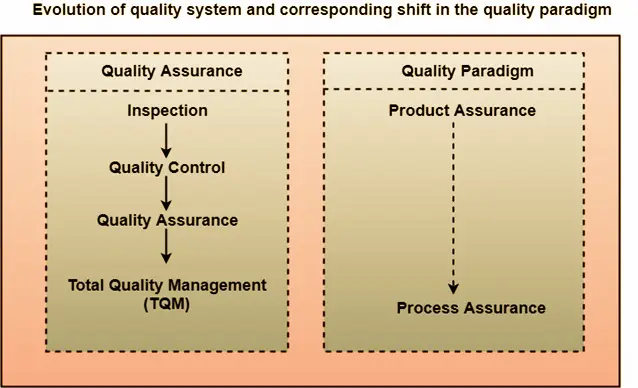What is Software Quality?
Software quality is a fundamental aspect of software engineering that refers to the degree to which software meets its intended purpose and satisfies the requirements of its stakeholders. The importance of software quality in modern-day software development cannot be overstated, as the demand for high-quality software products continues to grow in today’s highly competitive business environment.
The ability to deliver software that is reliable, efficient and error-free has become a key differentiator for businesses looking to stay ahead of the curve. As such, software quality has become a critical success factor for software development projects, and organizations are increasingly investing in quality assurance and testing to ensure that their software products meet the highest standards of quality.
The modern view of software quality is associated with various quality methods that are used to assess the quality of a software product. These methods include:
- Portability: A software product is considered portable if it can be made to work in various operating system environments, on different machines, with other software products, and so on.
- Usability: A software product has good usability if users from different categories can easily use the product’s functions.
- Reusability: A software product has high reusability if different modules of the product can be quickly reused to develop new products.
- Correctness: A software product is correct if all the requirements specified in the software requirements specification (SRS) document have been implemented correctly.
- Maintainability: A software product is maintainable if bugs can be easily corrected when they show up, new tasks can be easily added to the product, and the product’s functionalities can be easily modified.
These quality methods are essential to ensure that a software product is of high quality and meets the needs and expectations of its stakeholders. By assessing a software product’s portability, usability, reusability, correctness, and maintainability, software engineers can develop software products that are reliable, efficient, and error-free.
Software Quality Management System
A software quality management system is the primary method used by organizations to ensure that the software products they develop meet the desired quality standards. This system encompasses various processes, procedures, and policies that are put in place to manage and monitor the quality of software throughout the software development life cycle. The software quality management system is critical to ensuring that software products are reliable, efficient, and meet the needs and expectations of its users.
A quality system comprises the following elements:
- Managerial Structure and Individual Responsibilities: While the quality system is the responsibility of the entire organization, there is usually a dedicated quality department responsible for various quality system activities. It is essential that the quality system has the support of top management, as lack of support can lead to employees not taking the quality system seriously.
- Quality System Activities: The quality system activities include the following:
- Auditing of projects
- Review of the quality system
- Development of standards, methods, and guidelines
- Production of documents for the top management summarizing the effectiveness of the quality system in the organization.
These activities are crucial to ensuring that the organization’s software products meet the desired quality standards and are reliable, efficient, and meet the needs and expectations of its users.
Quality Management System Evolution
Quality management systems have undergone significant changes in the past fifty years. Before World War II, organizations focused on inspecting finished products to remove defective items. However, quality control has since evolved through four stages of development, as illustrated in the provided diagram. Quality control not only detects defective products but also focuses on identifying the underlying causes of defects. The next stage was quality assurance, which is founded on the idea that an organization’s products will be of good quality if its processes are sound and followed meticulously. Modern quality functions incorporate methods for defining, analyzing, and enhancing production processes.

Total Quality Management (TQM) advances beyond quality assurance, encouraging organizations to continually improve their processes through process measurements and redesign. TQM is related to Business Process Reengineering (BPR), which involves restructuring an organization’s business practices. Over time, the quality paradigm has shifted from product assurance to process assurance, as illustrated in the above figure.
Subscribe to our tutorials.freshersnow.com to get the latest updates about Software Quality and also various other concepts in Software Engineering.
